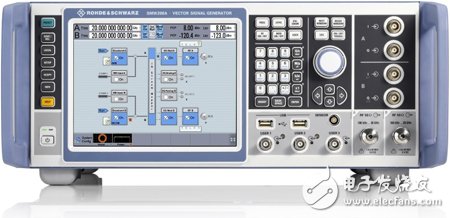
Figure 1. R&S SMW200A vector signal generator appearance
R&S high-end vector signal generator SMW200A was officially launched in 2013. Its functions have been enriched and perfected over the past three years. It has become a vector signal integrating millimeter wave wideband signal generator, multi-channel RF signal generator and MIMO channel fading simulator. Generate a platform. The SMW200A can cover a frequency range of 100kHz to 40GHz with a single baseband modulation bandwidth of up to 2000MHz.
The SMW200A can externally expand up to six RF channels via an external upconverter (such as the SGS100A or SGT100A), plus two RF channels, for a total of eight. After configuring two baseband modules and four channel analog modules, MIMO channel fading simulation such as 4x4, 8x2, 2x8, 8x4, 4x8, or 4x4 MIMO scene simulation in LTE-Advanced carrier aggregation mode can be implemented. Before the introduction of the SMW200A, the simulation of the above scenarios required multiple instruments to implement.
The SMW200A includes a variety of important digital communication standard options including LTE, LTE-Advanced, 5G, 3GPP FDD/HSPA/HSPA+, GSM/EDGE/EDGE EvoluTIon, TD-SCDMA, CDMA2000/1xEV-DO and WLAN IEEE 802.11a/ b/g/n/ac/ad, etc. These digital communication standard options are built into the instrument, and all operations and configurations are simple and fast on the instrument interface, eliminating the need for an external computer, simplifying debugging and saving time. Because the R&S SMW200A can be configured as a multi-channel, it can quickly and easily generate multi-modulation signals, which is very convenient for testing popular multi-mode base stations.
The SMW200A has good RF performance, for example, at 1 GHz, off-carrier 20 kHz, and single-sideband phase noise is typically -139 dBc. 160MHz WLAN IEEE 802.11ac signal, the modulation quality measured EVM value can be -49dB, and its in-band frequency response is only 0.05dB. Therefore, it can be used as a high-quality signal excitation source for module level development and testing, such as transmitter modulator, mixer, small signal amplifier, power amplifier, receiver low noise amplifier, IQ demodulator, filter, ADC needs High performance RF/IF source for analysis and verification. The SMW200A has a large output power and can be applied to high-power amplifier test, transceiver blocking test and other scenarios where medium and high power signals are required. The SMW200A can be used in receiver system level verification, such as sensitivity testing, simulation encountering blocking interference, adjacent channel interference, and receiving intermodulation effects.
In addition, convenient and intuitive is the basic concept of the R&S SMW200A operator interface. Using the touch screen and block diagram menu structure, users can easily and intuitively configure the signal and observe the entire process of generating signals through the view.
Summary of technical characteristics of SMW200A:
• Operating frequency range: 100kHz to 40GHz
• High power output (no option required): guaranteed value +18dBm, typical output +26dBm
• Excellent signal quality: -139dBc/Hz @ 1GHz, 20kHz offset
• Built-in baseband source for up to 2GHz RF bandwidth
• Excellent amplitude flat response: ≤0.4dB (within 2GHz bandwidth)
• Supports real-time generation of vector modulated signals while supporting the way waveform files are played
• Internal ARB storage space can be expanded up to 2G Samples
• Supports wireless channel fading simulation to simulate the effects of real-world environments on signals
• User-friendly interface, modular menu interface, and support for touch operation
2. SMW200A main applicationThe next-generation mobile communication standard 5G is expected to be commercially available by 2020. So far, 5G technology is still in the pre-research stage, and its technical specifications have not been uniformly defined. Therefore, major companies are actively researching and discussing 5G technology, and many research and standardization work needs to be completed. 5G is not just a simple evolution of LTE-A, it will also create a new technology framework to meet high-speed data applications and wireless terminals that accommodate explosive growth. One of the ways in which 5G meets system capacity and high data rates is to extend the spectrum to the millimeter-wave band, Massive MIMO technology, and new air interface and multiple access technologies. Rohde & Schwarz has provided strong technical support for developers to evaluate 5G mobile communication networks, including the following three aspects:
(1) Wideband signal generation in the millimeter wave band
The microwave band is a subversive innovation of 5G for wireless mobile communications. The traditional mobile communication working frequency band is mainly concentrated below 3 GHz, which makes the spectrum resources already very crowded. In the millimeter wave band, the available spectrum resources are abundant, which can effectively alleviate the current situation of spectrum resource shortage. In order to meet the 10Gbps network data rate of the 5G network, more bandwidth is also required. The vector signal generator SMW200A single meter can generate up to 40 GHz carrier 2 GHz bandwidth signal. Thanks to the built-in comb generator as a calibration source, the 2GHz bandwidth signal generated by the SMW200A's built-in baseband circuitry achieves in-band flatness better than 0.4dB without additional calibration.
At present, the standardized millimeter-wave broadband communication standard is 802.11ad, which is mainly used to realize the transmission of wireless high-definition audio and video signals in the home, and brings a more complete high-definition video solution for home multimedia applications. 802.11ad abandoned the crowded 2.4 GHz and 5 GHz bands, using the 60 GHz spectrum of the high frequency carrier. Since the 60 GHz spectrum has a large number of frequencies available in most countries, 802.11ad can achieve simultaneous multi-channel transmission with beamforming technology, and the maximum data rate can reach 7 Gbps. The SMW200A upconverts the internal 2GHz bandwidth 802.11ad baseband signal to the 60GHz band with an external millimeter-wave upconverter. The 0.4dB in-band flatness allows the EVM to remain at -32.2dB at 60GHz.
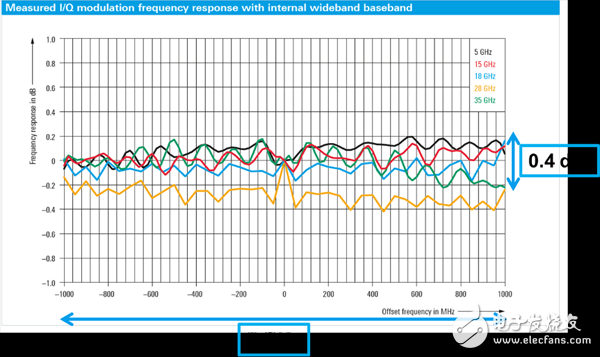
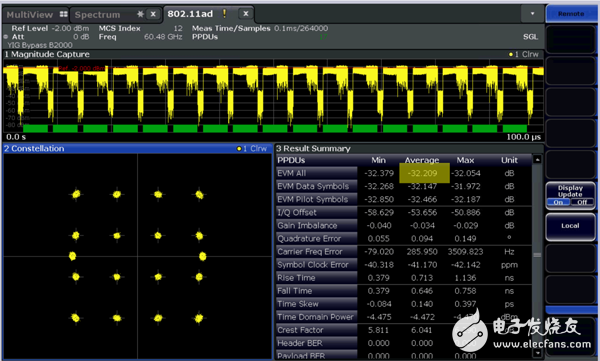
Figure 2. SMW200A built-in baseband signal source frequency response flatness (top) and 802.11ad 2GHz bandwidth signal demodulation quality (below)
Since the channel model of the millimeter wave band is different from the traditional mobile communication band of 6 GHz or less, the channel characteristic detection requirement for the band is also becoming more and more prominent. R&S can provide a complete channel detection solution using the SMW200A and the high frequency broadband spectrum analyzer FSW with frequencies up to 110 GHz and bandwidths up to 2 GHz. In conjunction with R&S's newly released channel measurement software TS-5GCS, parameters such as channel impulse response, power delay characteristics (PDP), and Doppler delay characteristics can be tested. The test networking is shown in the figure below.
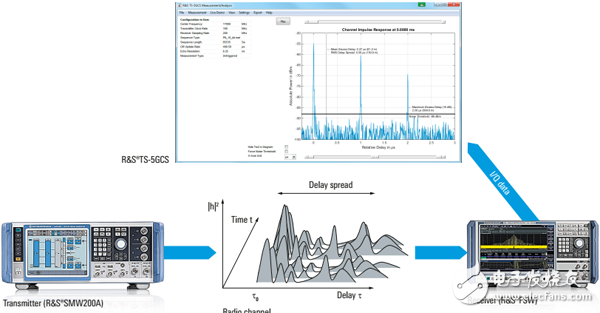
Figure 3. SMW200A and FSW channel measurement test networking
(2) Massive MIMO and multi-channel beamforming signal generation
According to the statistical principle, when the number of antennas on the base station side is much larger than the number of user antennas, the channel from the base station to each user will tend to be orthogonal, the interference between users will tend to disappear, and the huge array gain can effectively improve each. The user's signal-to-noise ratio, which supports more users on the same time-frequency resources. As one of the technologies of recent interest, multi-antenna technology has gone from passive to active, from two-dimensional to three-dimensional (3D), from high-order MIMO to large-scale antenna arrays (such as 64, 128 antenna arrays). development of. Massive MIMO is often used in combination with beamforming technology to form high-gain narrow beamlets with high spatial resolution in three-dimensional space, providing more flexible spatial multiplexing, improved received signal strength, and better user suppression. Interference, resulting in higher system capacity and spectral efficiency.
This requires the generation of multi-channel signals for each antenna during the test. The vector signal generator SMW200A provides an ideal choice for MIMO system testing. It can generate wireless mobile communication MIMO and beamforming signals that meet the standard requirements. Currently, a single SMW200A can support up to eight transmit antennas by extending an external upconverter. Used for receiver testing. The SMW200A can be connected to an external upconverter with a frequency of 6GHz/20GHz/40GHz and a bandwidth of 160MHz or 2000MHz. With multiple SMW200A combinations, there is no upper limit to the number of analog antennas. At the same time, the SMW200A can also simulate a complete MIMO transmission channel, supporting up to 32 fading channels.
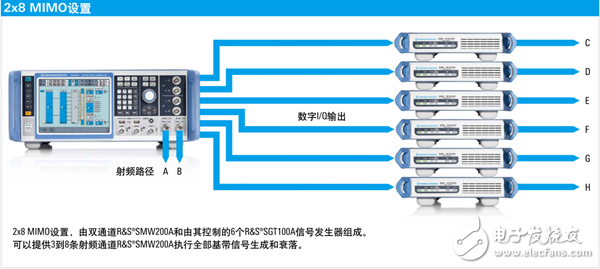
Figure 4, SMW200A external 6 inverters extended RF output channel
(3) New air interface technology
In order to further improve spectrum utilization and application flexibility, it is generally believed that air interface technology different from 4G will be adopted in 5G systems. Currently widely studied, including: filter group multi-carrier technology (FBMC), general-purpose filter multi-carrier technology (UFMC), generalized frequency division multiplexing (GFDM), filter-based orthogonal frequency division multiplexing (f- OFDM) and so on. Various manufacturers are actively promoting their own new technologies, hoping to stand out as 5G standard technologies in the 5G standard. However, whether these technologies can play a more effective role in 5G systems remains to be further studied and verified.
Based on the vector signal generator SMW200A, R&S combines the vector signal analyzer FSW to realize the signal generation and analysis of a typical new air interface technology, which can help manufacturers further verify the technical feasibility and RF specifications. The figure below shows the configuration and parameter selection of the f-OFDM signal generated by the SMW200A.

Figure 5. SMW200A built-in 5G new waveform generation function f-OFDM
3. SummaryAccording to the latest development of the IMT-2020 Promotion Group, 5G has passed the verification of key technologies and is in the process of verifying the technical solution. It is necessary to carry out single-base station performance testing and function, performance and process testing of the radio access network and core network enhancement technologies based on the unified solutions of different vendors' technical solutions. The testing needs of various equipment manufacturers for 5G technology have become more and more obvious. This paper briefly introduces the key technologies of 5G mobile communication, briefly introduces the application scheme and brief parameter index of Rohde & Schwarz's vector signal generator SMW200A in millimeter-wave wideband signal generation, multi-channel RF signal generation and MIMO channel fading simulation. .
What`s your impression for Intel I3 Laptop? You can take i3 Laptop Deals as the entry level of Gaming Laptop . There are different parameters standards,like 14 Inch Laptop I3 11th Generation, 14inch 256GB Intel I5 11th Generation Laptop, 14.1 inch Intel i7 11th Generation Laptop, 15.6 inch I3 10th Generation Laptop,15 inch Intel I5 10th Generation Laptop, 15inch Intel i7 11th Generation Laptop, etc. That`s some of Top 10 Gaming Laptops. To operating OS, more than 80% clients choose windows 10, home or pro option; nowadays windows 11 is new arrival, you can choose as your demand. Rich slots meet your different potential application scenarios, home, office, public places, academic situations, etc.
Dual storage channels, support HDD and SSD. Your customers can update in future according potential demands.
Of course, other type, like yoga notebook, 2 In 1 Laptop , Android Tablet, Custom All In One PC , 14 inch Student Laptop, i7 16gb ram 4gb graphics laptop, etc. available here also. Just call us and get right details quickly.
Intel I3 Laptop,Laptop I3 11th Generation,i3 10th Generation Laptop,i3 Laptop Deals,Laptop Intel Core I3 Gen 11
Henan Shuyi Electronics Co., Ltd. , https://www.shuyicustomtablet.com